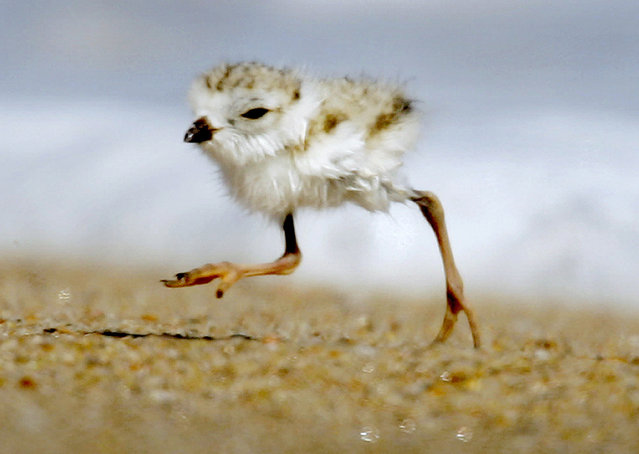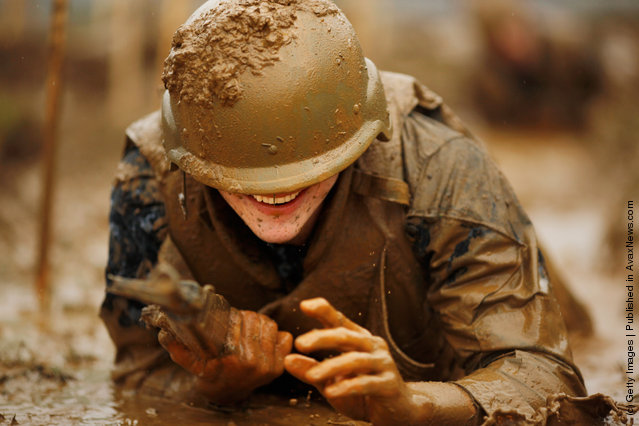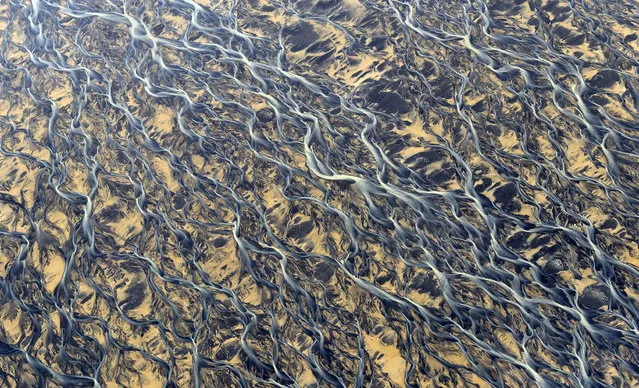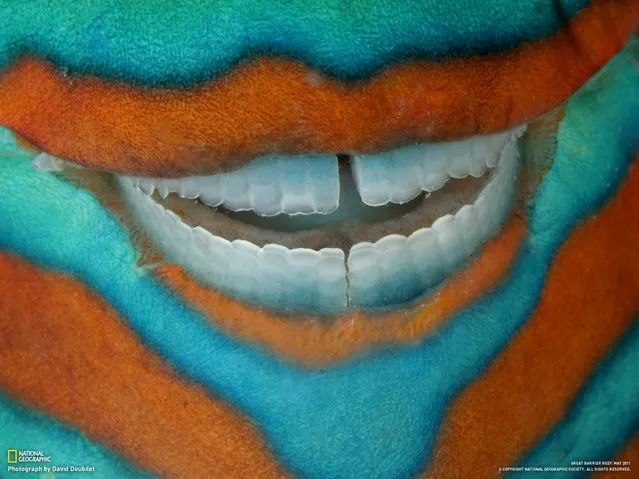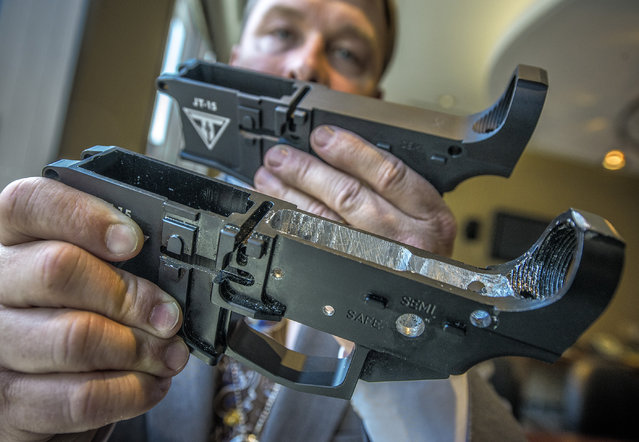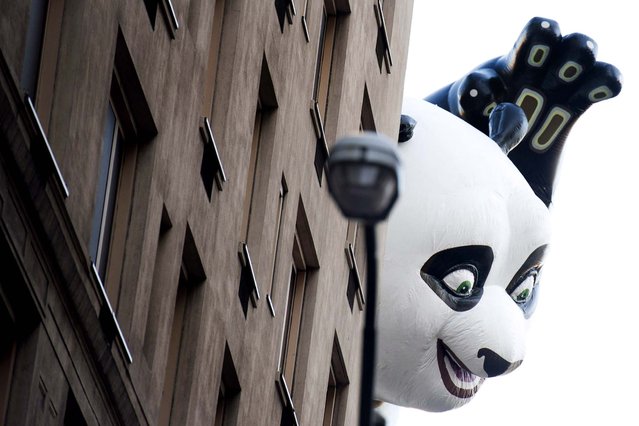
The Kung Fu Panda balloon is lifted before the 86th Annual Macy's Thanksgiving Day Parade November 22, 2012 in New York City. Macy's donated tickets and transportation to this year's Thanksgiving Day Parade to 5,000 people from neighborhoods hardest hit by Superstorm Sandy. (Photo by Charles Sykes/Associated Press)
23 Nov 2012 11:39:00,post received
0 comments

